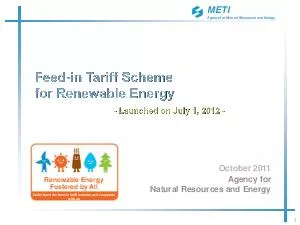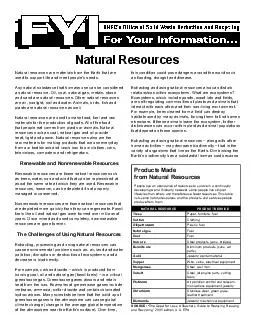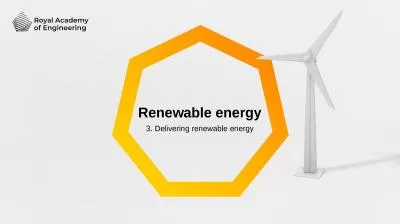PDF-October Agency for Natural Resources and Energy Renewable Energy Fostered by All Understand
Author : lindy-dunigan | Published Date : 2014-11-16
Electricity customers Costs to purchase the electricity generated from renewable energy shall be shared by all electricity customers in the form of a surcharge Electricity
Presentation Embed Code
Download Presentation
Download Presentation The PPT/PDF document "October Agency for Natural Resources an..." is the property of its rightful owner. Permission is granted to download and print the materials on this website for personal, non-commercial use only, and to display it on your personal computer provided you do not modify the materials and that you retain all copyright notices contained in the materials. By downloading content from our website, you accept the terms of this agreement.
October Agency for Natural Resources and Energy Renewable Energy Fostered by All Understand: Transcript
Download Rules Of Document
"October Agency for Natural Resources and Energy Renewable Energy Fostered by All Understand"The content belongs to its owner. You may download and print it for personal use, without modification, and keep all copyright notices. By downloading, you agree to these terms.
Related Documents














